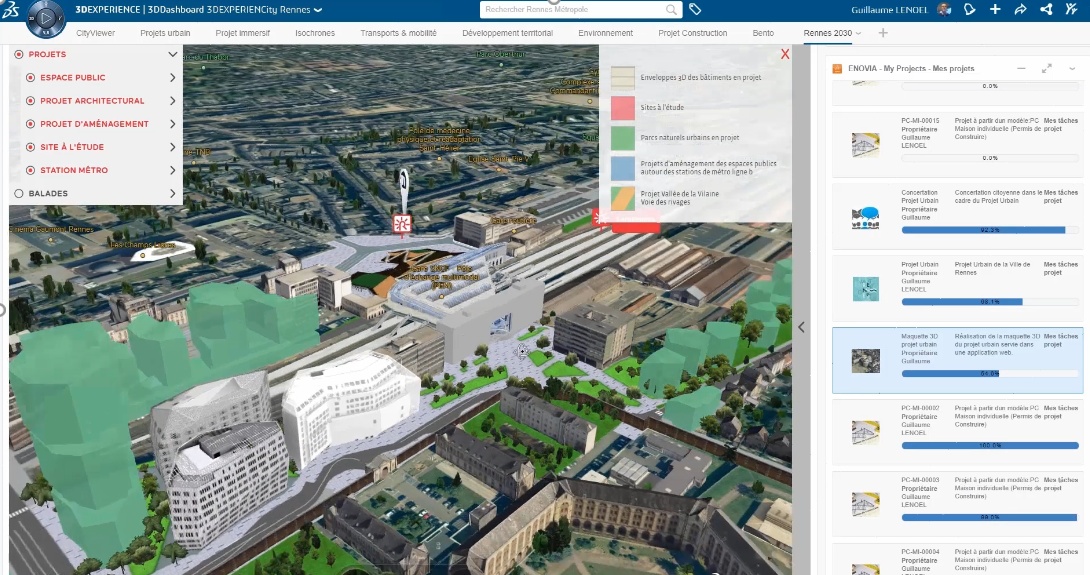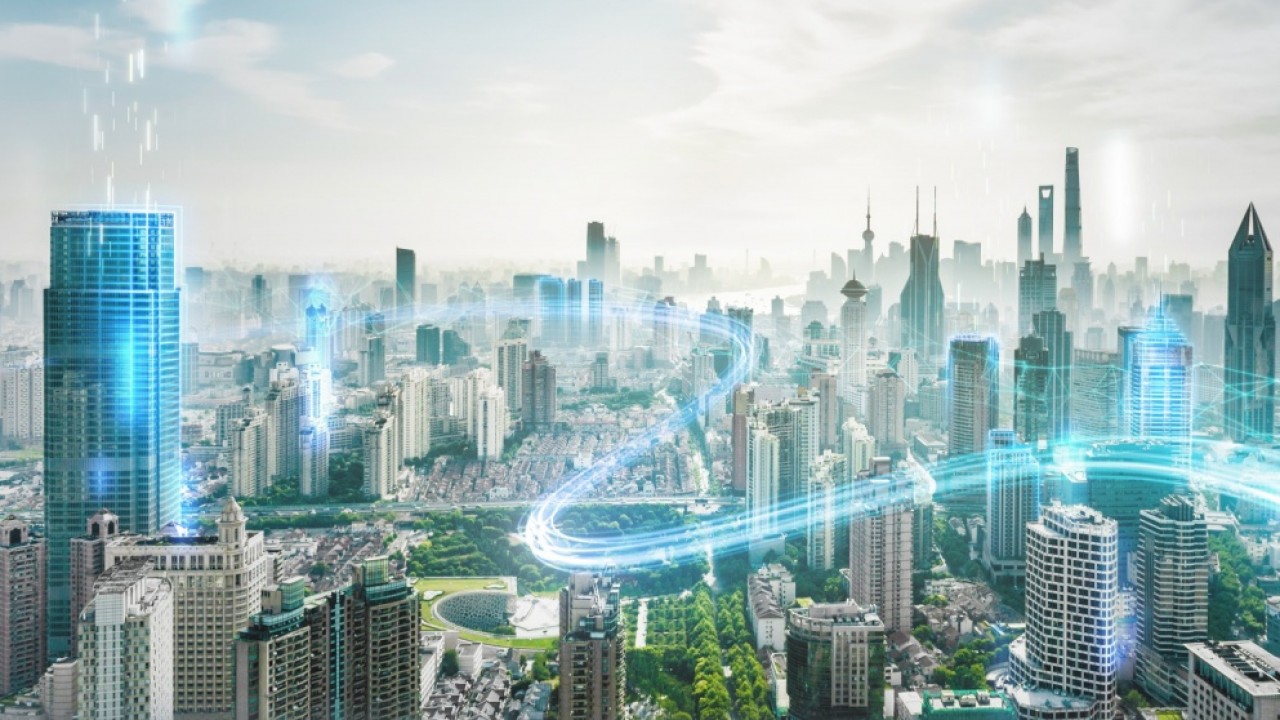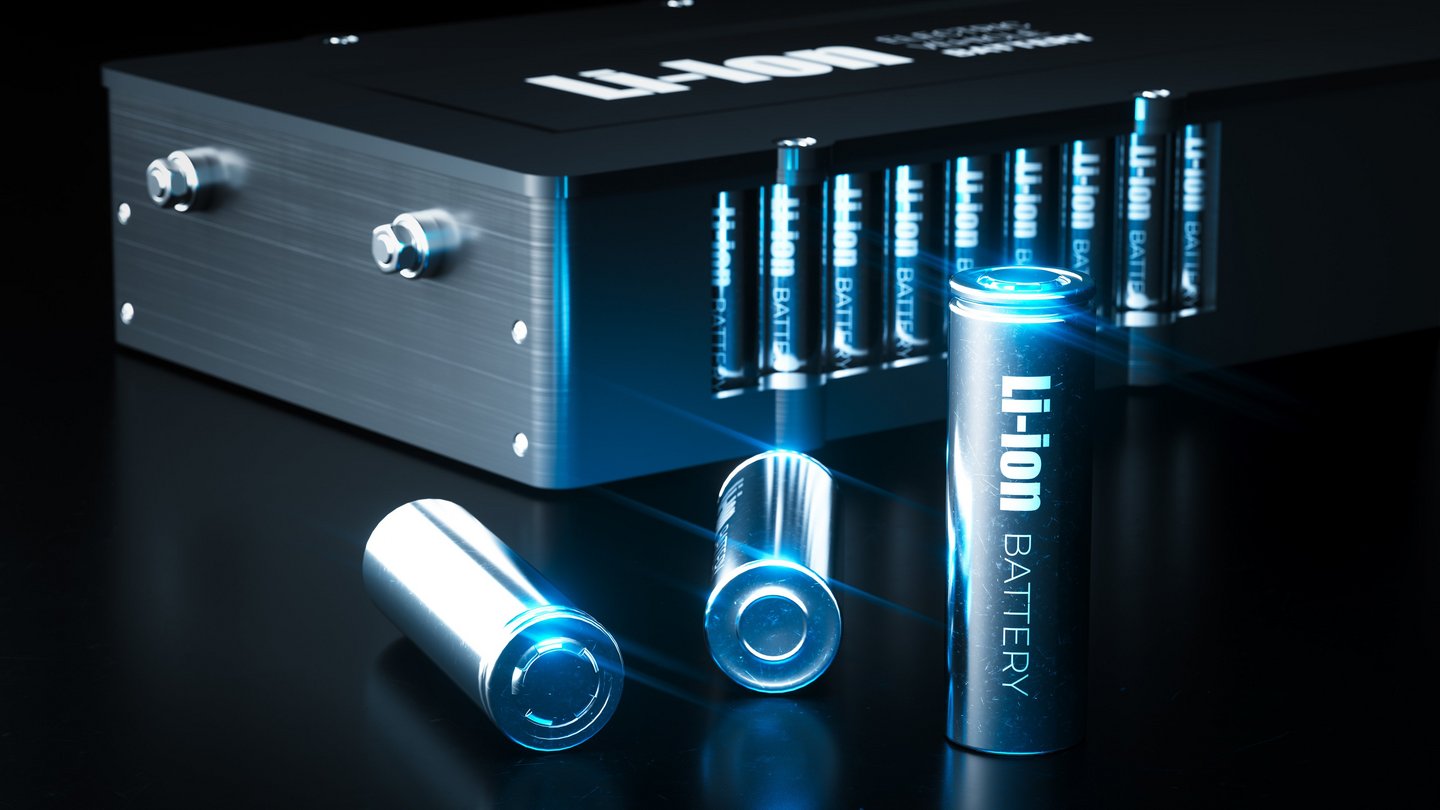The technology of the virtual twin, the virtual twin, makes it possible to outline the operation of a Smart City as a whole, in order to optimize the numerous components and to maximize the synergies between them.
After the 2020 confinements, many wondered about the role, even the meaning, of large cities. An understandable reaction. Certainly the blockages were lived worse in large centers and better outside, where there were open spaces in which to be “free” even when movement was limited. In addition, in small towns it was often also possible a less “compressed” sociality compared to that which distinguishes modern cities. The lockdowns have passed, but some limitations remain and are experienced, once again, more by those who live in large cities. And above all, the psychological effects of an abnormal year remain, so question the future of cities it’s natural.
In fact, it is also a good thing. Since well before the pandemic, observers, technicians and public administrators have started all over the world to a constructive debate on the structure of cities and especially large metropolises. That citizens are now directly part of it is only a good thing. Today, the underlying question of this debate is clear to all, or at least it is becoming so: what approaches, policies, technologies will help us to ensure that agglomerations of millions of people can at once “Work” efficiently, guarantee the quality of life of those who live there, minimize their environmental impact? In a word: how does a city become a Smart City?
The question starts from a fundamental observation: we can and we must be critical of the nature of cities, but these they have, and will increasingly have, a key role in society. If the number of large metropolises with more than tens of millions of inhabitants is increasing, and the share of the world population living in large cities is generally increasing, it is certainly no coincidence. The big cities are – and will remain – the main place for building relationships, working, developing economies and culture. The paradigm shift that has been requested in recent years is to move from an “efficient” vision of the city, in which functional and economic aspects take precedence over those of life, to a “holistic” vision in which all aspects are equally important. Based on a single objective: this “citizen experience” which puts citizens at the center, with all their needs.
This is not a trivial change of vision, because since their birth, cities have always been seen as a set of components (traffic, public transport, logistics, services to citizens and businesses, etc.) to be individually optimized in a single logic of maximum efficiency. . Often the ability to “see” the city organically was lacking, to take into account not only these individual components, but also how they interact with each other. However, analyzing these interactions is essential to improve the quality of life in metropolitan France. And this is the first step towards a Smart City.
It is also a question of technologies, which did not exist before and are now available. A large city is like a complex organism: its behavior is not the sum of the expected behaviors of the individual components but “Emerges” from their interaction. To understand this behavior, it is necessary to collect huge amounts of data in the field – in the logic of Big Data – and from these to derive mathematical models – in the logic of machine / deep learning – which describe the real dynamics of a city. Create a virtual twin of the city, a “virtual twin” which allows us to understand how the city will behave in certain situations. Simulate events before they happen, learn from errors and simulated scenarios.
On this basis, the technologies of modeling and simulation, considered as an integral part of the virtual twin, allow examining the different aspects of the behavior of a Smart City as a complex system, going beyond the siled visions of the different stakeholders: administrators, companies, public service providers, citizens. Today even more these skills in modeling and simulation are essential: cities are immersed in a natural environment whose behavior is changing for the climate emergency. Understanding the synergies between the environment-city and the environment-nature is only possible through the use of advanced technologies.
Guido Porro he is Managing Director EUROMED and Chief Executive Officer Italy, Dassault Systèmes
If you liked this article and want to stay informed with news from
ImpresaCity.it subscribe to ours
Free newsletter.

“Total travelaholic. Subtly charming zombie geek. Friend of animals everywhere. Music buff. Explorer. Tv junkie.”






